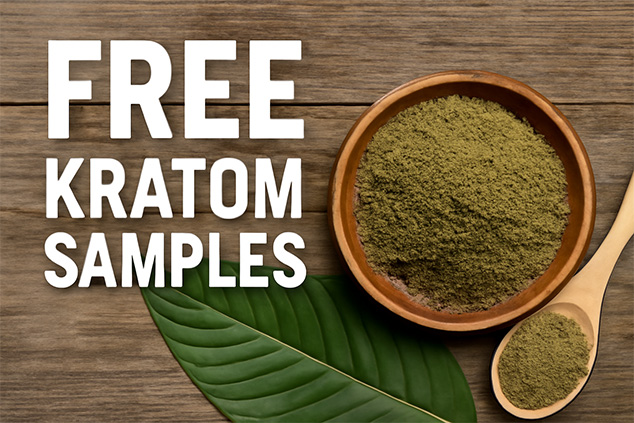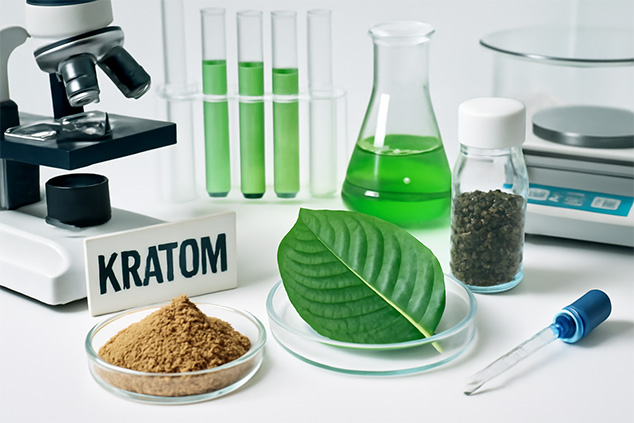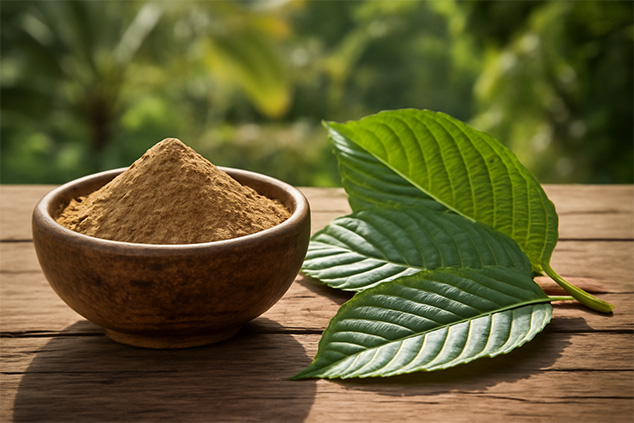Free kratom samples are an excellent way for buyers to sample products from different sellers to choose the best kratom strain and the best kratom … [Read more...] about Free Kratom Samples: How to Avoid Scams
Why Kratom Lab Testing Is Important
You’ve surely noticed that vendors are making a bigger effort on emphasizing kratom lab testing. They usually display their test results in an easily … [Read more...] about Why Kratom Lab Testing Is Important
Kava vs. Kratom: What’s the Difference?
Due to a growing number of problems associated with traditional medication, an increasing number of people seek alternative means of coping with a … [Read more...] about Kava vs. Kratom: What’s the Difference?
Traveling With Kratom: Is It Legal and How to Do It
We frequently receive questions about traveling with kratom. That is not surprising given that kratom legality is not the same everywhere in the … [Read more...] about Traveling With Kratom: Is It Legal and How to Do It
Can You Mix Kratom and Marijuana?
For the past few decades, the number of people who benefit from kratom has increased significantly. Currently, several million people use it to … [Read more...] about Can You Mix Kratom and Marijuana?




